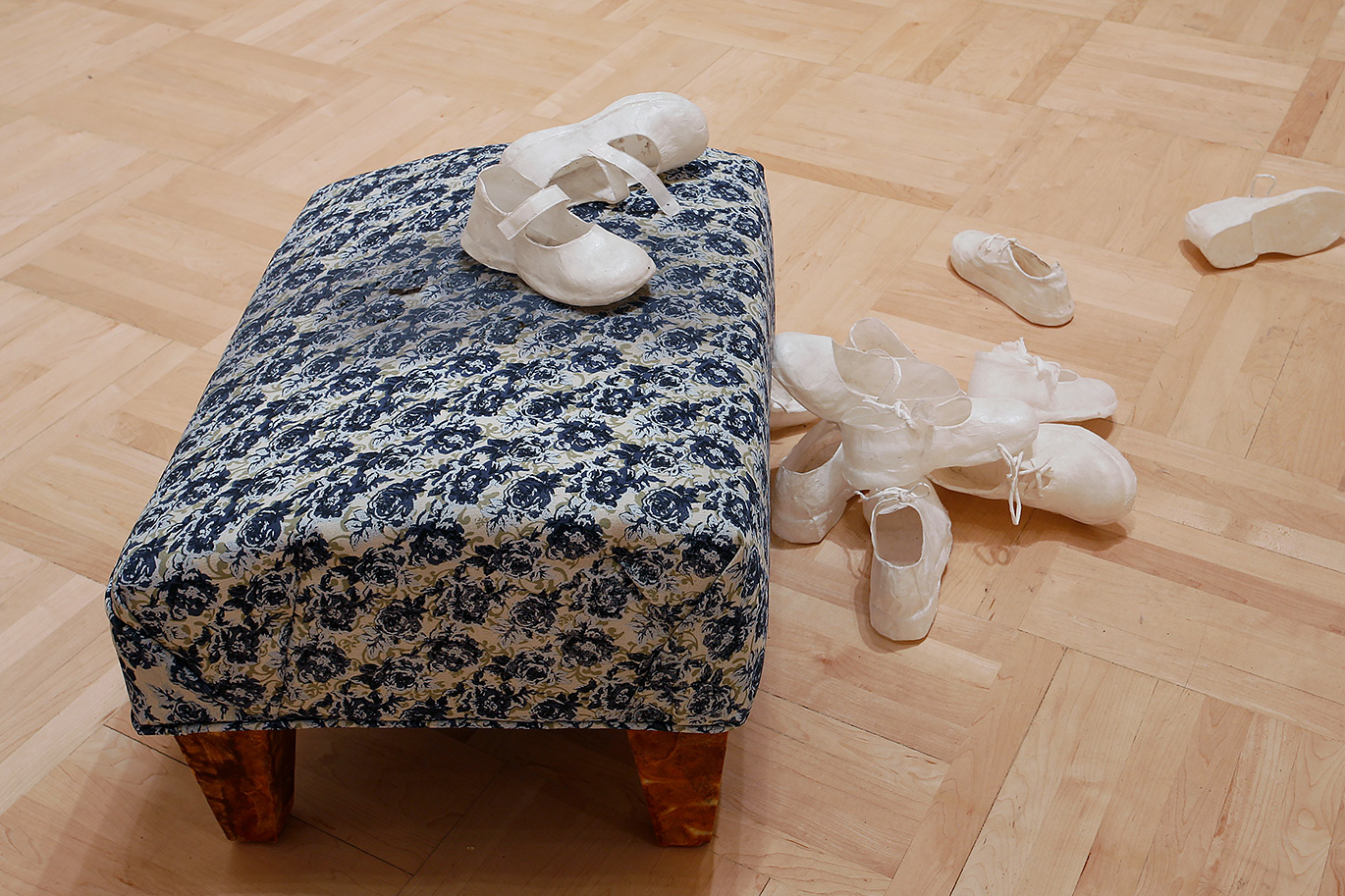- Spring 2019
Meeting Time:
MW 11:30am - 2:20pm
Location:
ART 207
SLN:
21258
Instructor:
Catalog Description:
Introduction to recurring themes and practices in the visual arts. Moves beyond medium-based categories, surveying a diverse range of issues that motivate artists and create content in contemporary art. Examines the importance and influence of the visual arts in the larger context of contemporary culture and society.
GE Requirements:
Arts and Humanities (A&H)
Credits:
5.0
Status:
Active
Last updated:
August 2, 2019 - 9:11pm



